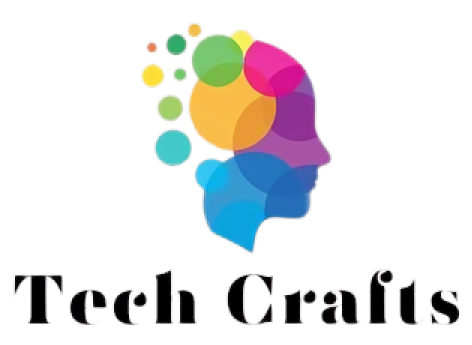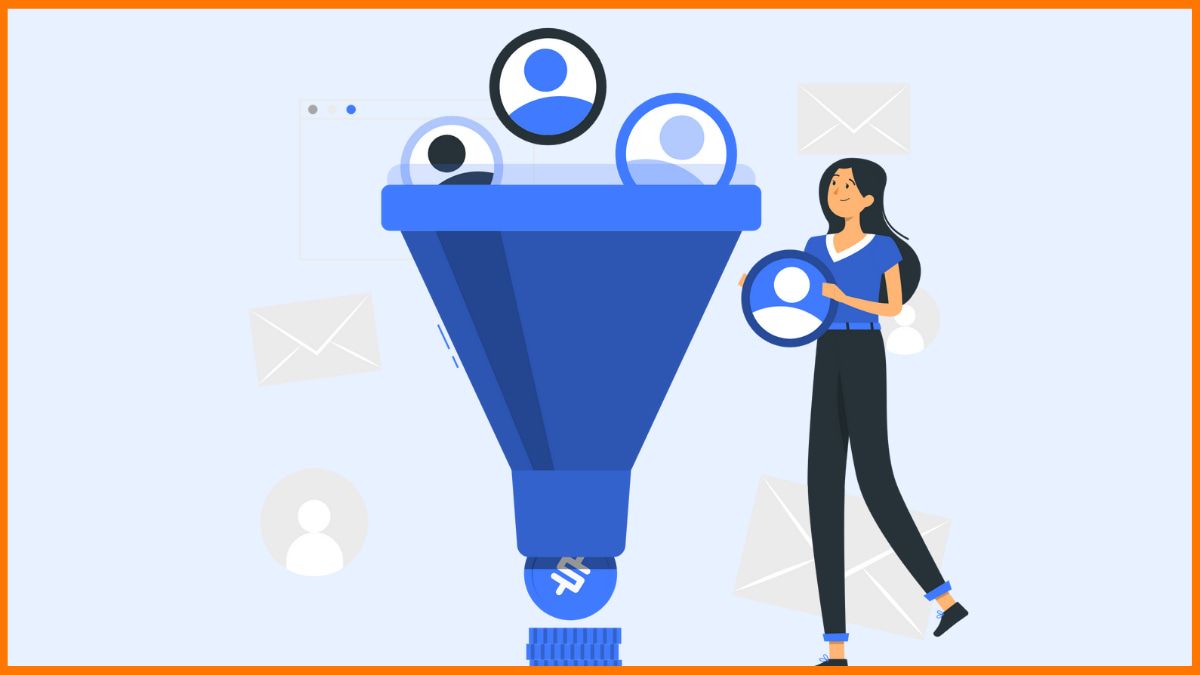In today’s fast-paced B2B landscape, having a great product isn’t enough. You need a steady stream of qualified leads flowing through your funnel. That’s where pipeline generation comes in.
But what is pipeline generation exactly? And how can you create a predictable and scalable system to fuel growth?
In this guide, we’ll cover:
- What pipeline generation means
- Why it’s critical for sales success
- Proven strategies to generate pipeline
- Tools and metrics to track performance
- Common mistakes to avoid
Let’s build a pipeline that actually converts.
What Is Pipeline Generation?
Pipeline generation refers to the process of creating qualified sales opportunities that enter your sales funnel. It involves identifying potential buyers, engaging them through marketing and sales tactics, and moving them closer to a purchase decision.
Key Goal: Fill your sales pipeline with leads that match your ideal customer profile (ICP) and are likely to convert.
Pipeline Generation vs. Lead Generation
| Lead Generation | Pipeline Generation |
| Focuses on quantity | Focuses on quality + progression |
| Typically marketing-led | Sales and marketing collaboration |
| Captures raw leads | Prioritizes sales-ready opportunities |
| Top-of-funnel (TOFU) focus | TOFU + middle-of-funnel (MOFU) strategies |
Why Pipeline Generation Matters
An empty pipeline = no future revenue.
Effective pipeline generation ensures:
- Consistent revenue forecasting
- Shorter sales cycles
- Higher win rates
- Better alignment between marketing and sales
- Scalability of outbound/inbound efforts
Strategies for Successful Pipeline Generation
Define Your Ideal Customer Profile (ICP)
Understand exactly who you want in your pipeline. Consider:
- Industry
- Company size
- Buying stage
- Pain points
- Decision-making roles
Tip: Use CRM data and closed-won analysis to shape your ICP.
Use Multi-Channel Outreach
A high-performing pipeline is built through diverse channels, such as:
- Email campaigns
- Cold calling
- LinkedIn outreach
- Paid search/social ads
- Webinars and events
Use omnichannel cadences to increase touchpoint effectiveness.
Leverage Inbound Marketing
Attract leads that naturally fit your pipeline with:
- SEO-optimized blog content
- Lead magnets (eBooks, whitepapers)
- Landing pages with gated content
- Case studies and customer success stories
Inbound methods warm up your leads before sales engagement.
Implement Account-Based Marketing (ABM)
Instead of casting a wide net, ABM focuses on high-value accounts with personalized messaging.
- Tailor emails and ads
- Create custom landing pages
- Use firmographic data for targeting
ABM = Quality over quantity in pipeline generation.
Partner with SDRs (Sales Development Reps)
An SDR team is crucial for:
- Qualifying leads
- Booking meetings
- Engaging mid-funnel prospects
Ensure SDRs are trained, aligned with sales goals, and equipped with scripts and tools.
Use Lead Scoring and Intent Data
Not all leads are equal.
- Use behavioral signals to rank leads
- Implement intent data platforms (e.g., Bombora, 6sense)
- Prioritize based on engagement level and buyer signals
Best Tools for Pipeline Generation
Here are some tools to optimize your pipeline process:
| Tool | Purpose |
| HubSpot | CRM + inbound marketing |
| Outreach.io | Sales automation & sequencing |
| Apollo.io | Prospecting and contact enrichment |
| LinkedIn Sales Navigator | B2B social selling |
| ZoomInfo | Contact data & intent tracking |
| Drift | Conversational marketing |
| Leadfeeder | Anonymous visitor identification |
Metrics to Track Pipeline Generation Success
Monitor these KPIs to evaluate and improve your pipeline:
- Lead-to-opportunity conversion rate
- Sales qualified leads (SQLs)
- Pipeline velocity
- Average deal size
- Pipeline coverage ratio (pipeline value vs. quota)
- Lead response time
- Cost per pipeline opportunity
Common Pipeline Generation Mistakes
- Ignoring ICP alignment
- Prioritizing quantity over quality
- Disconnected sales and marketing teams
- Weak follow-up sequences
- Relying on one channel (e.g., only cold email)
SEO Keywords to Include
Integrate these keywords naturally into your headings, meta data, and internal links:
- pipeline generation
- how to build a sales pipeline
- b2b pipeline strategies
- sales pipeline tools
- pipelines generation techniques
- lead generation vs pipelines generation
- pipeline development in sales
These help your content rank higher for sales and marketing professionals searching for relevant information.
Conclusion
Pipeline generation is the engine behind your sales success. It ensures your reps are always engaging the right people, at the right time, with the right message.
By combining outbound strategy, inbound content, ABM tactics, and modern tools, you’ll build a predictable and scalable sales pipeline that fuels sustainable growth.
FAQs
Q1: What’s the difference between pipeline generation and demand generation?
Demand generation builds awareness and interest at the top of the funnel. Pipeline generation is more targeted—its goal is to drive qualified leads into the sales pipeline.
Q2: How long does it take to see pipeline results?
Pipeline generations timelines vary by industry and product. Typically, it takes 2–3 months of consistent outreach and nurturing to see measurable pipeline growth.
Q3: What is pipeline coverage?
Pipeline coverage is the ratio of total pipeline value to your sales target. A healthy pipeline usually has 3x to 4x your quota.
Q4: Can pipeline generations be fully automated?
No. Automation helps scale efforts, but personalization and human interaction are still critical for converting prospects into opportunities.
Q5: What is pipeline velocity?
Pipeline velocity measures how quickly leads move through the sales funnel. It helps you understand revenue forecasting and identify bottlenecks.
Also read: How Do I Start a Photography Business in 2025? [Step-by-Step Guide]







